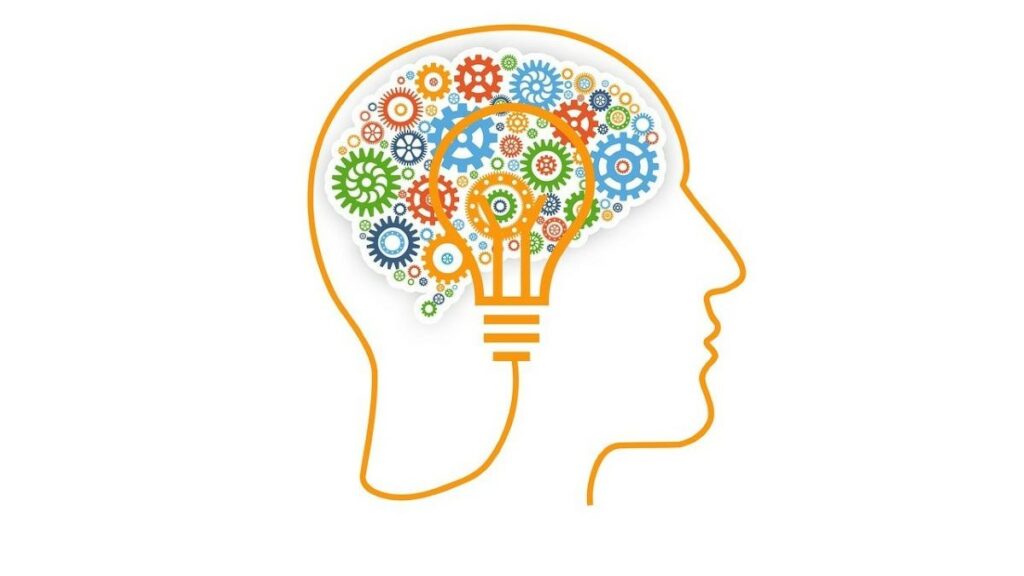Featured image by Gerd Altmann via Pixabay
Loyal customers spend at least 31% more than new customers during purchases. Therefore, most companies invest at least 2% of their annual revenue in programs that can boost customer loyalty.
Despite investing a large sum of their revenue in customer loyalty programs, most enterprises do not know the driving force that encourages customer loyalty. This guide will examine the psychology behind customer loyalty and will discuss effective schemes to improve loyalty.
The Psychology Behind Customer Loyalty
These are some of the key psychological reasons that drive repeat buying behavior in customers:
Positive and Negative Reinforcement
Positive reinforcement is the process of increasing a desirable behavior through reward. When a certain action creates a pleasant outcome, customers are more likely to engage in that activity. For example, receiving a customized thank-you note or a discount voucher after a purchase increases the likelihood of a return purchase. After repeated sessions of positive reinforcement, customers develop a strong sense of loyalty toward the brand.
Like positive reinforcement, negative reinforcement also plays a major role in gaining customer loyalty. This psychological phenomenon states that removing a negative condition strengthens a desirable action. For example, enterprises can update their website layout to decrease load time. Since almost 70% of consumers’ willingness to buy depends on the website’s loading speed, removing this negative condition can ultimately increase buying behavior.
RELATED ARTICLE: SETTING UP YOUR BUSINESS WEBSITE
The Goal Gradient Effect
The Goal Gradient Effect was first introduced by Clark Hull in 1932. According to this theory, the frequency of customers’ buying behavior is increased once they get closer to receiving a reward. Therefore, the key element of this psychological concept is that the customer must have the finish line in sight. Otherwise, they will not be motivated to make repeated purchases.
The best way to leverage this concept is through customer loyalty punch cards, which customers can get stamped after every purchase in exchange for a reward. Businesses can use pictures of the eligible rewards on each stamp point to entice the customer further and drive urgency. The end of the stamp card must have a big reward to ensure buyers are working toward an ultimate goal.
Emotional and Financial Reciprocity
Emotional reciprocity (a part of the reciprocity theory) states that individuals repeat actions and behaviors if they receive appreciation from others through valuable remarks. In marketing, this theory is essential in creating a strong relationship between sellers and customers.
Whenever a customer makes a purchase or completes a desired action, brands can provide appreciative remarks as a thank-you note or offer exclusive suggestions based on their personal preferences. These actions make the customer feel special and appreciated, improving customer loyalty.
The other part of the theory focuses on financial reciprocity. Instead of using words and remarks, this approach uses physical items that have monetary value to show gratitude. Loyalty and referral programs are the most common example of financial reciprocity. Besides reward programs, brands can offer gifts with each purchase to show they value their customers.
Fear of Missing Out (FOMO)
Fear of Missing Out, or FOMO, refers to feelings or perceptions that other people have better opportunities and way of life. People experiencing FOMO also believe that they are missing out on something special that is currently being experienced by others.
This concept plays a major part in determining people’s purchase behaviors, including customer loyalty. Research suggests that customers with FOMO tendencies are more likely to engage in impulse purchasing. The main reason is that they fear missing out on a good deal. Therefore, businesses use a limited-time sales offer or show how many available products are left in stock to create an urgency to act and buy the product before it runs out.
The fear of missing out also compels customers to spend more or bulk buy. MintLife survey report shows that 40% of Americans purchase a product after viewing a similar item on social media. Therefore, companies can offer special offers to ensure customers repeatedly purchase from them to feel a part of an exclusive group.
RELATED ARTICLE: MARKETING YOUR BUSINESS ONLINE: 5 TIPS THAT GUARANTEE RESULTS
Customer Loyalty and Your Business’s Long-Term Success
Customer loyalty is important to retain customers for the long term. Therefore, companies need to understand the psychological concepts that encourage customer loyalty and use them to further improve customer buying behavior.
RELATED ARTICLE: HOW TO MEASURE MARKETING EFFECTIVENESS

